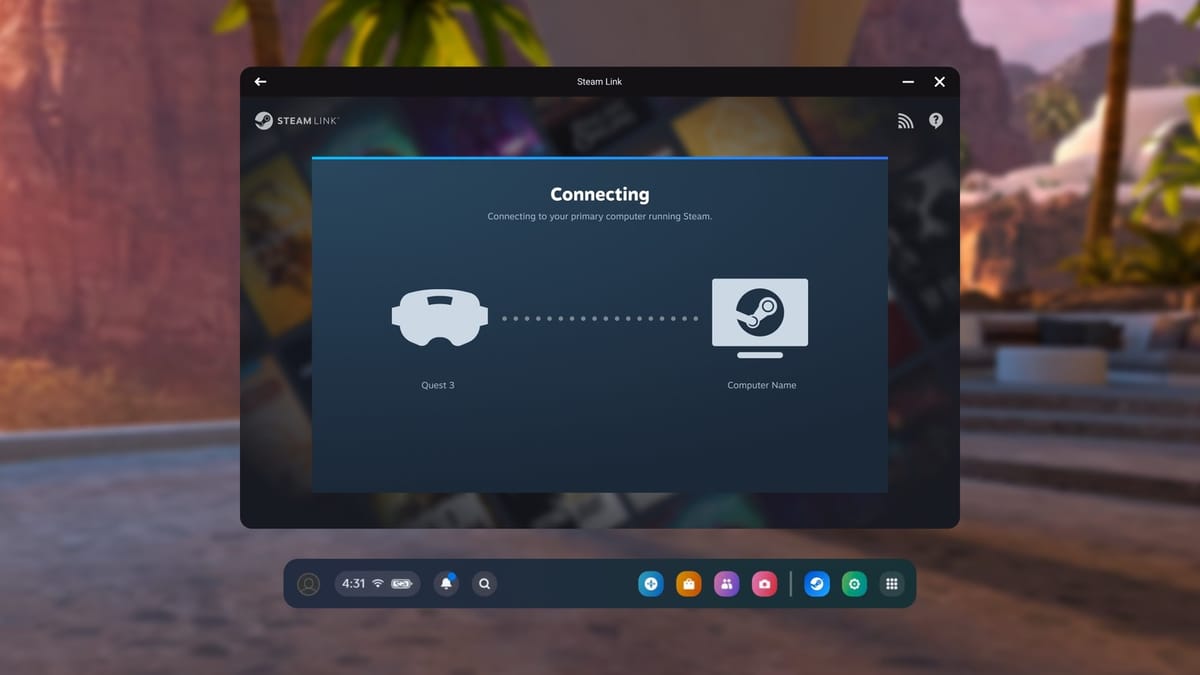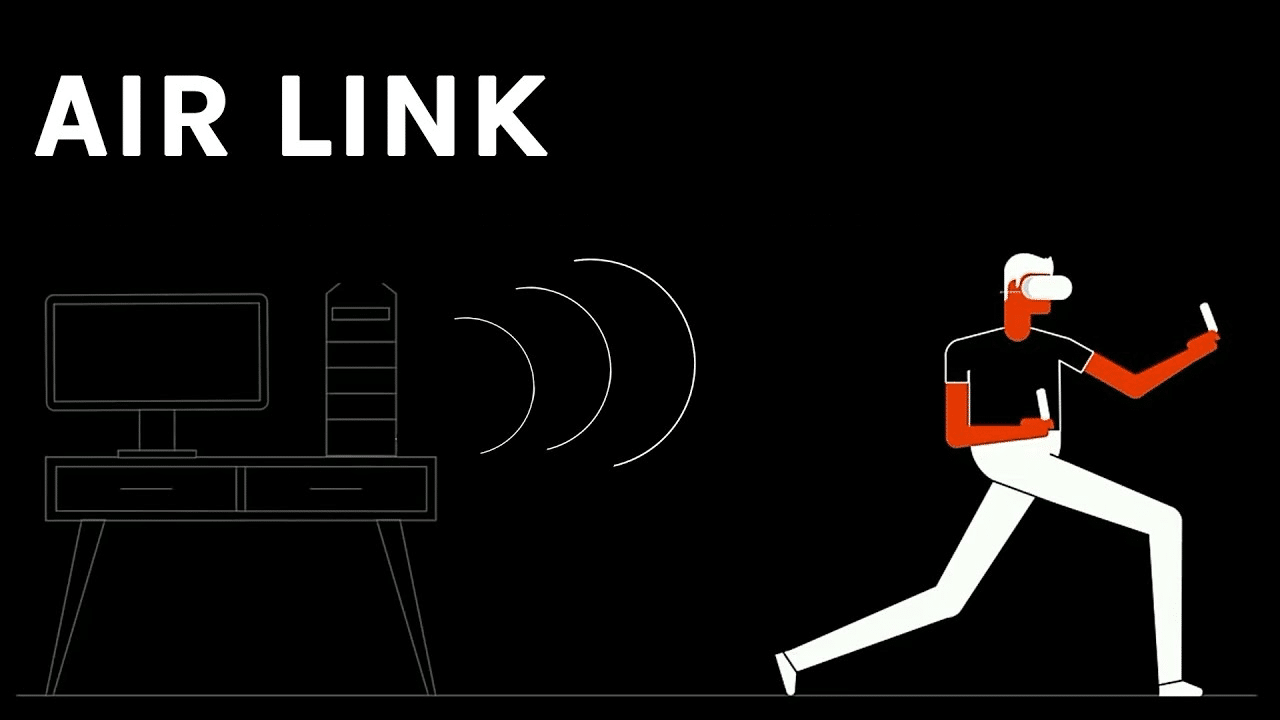Meta claims the v62 Quest update improved Air Link energy efficiency so much it extends session lengths by over 50%.
In the Quest software v62 update that started rolling out in early February, Meta made a number of improvements to Quest Link (originally called Oculus Link), the built-in feature that lets Quest headsets act as a PC VR headset, either over a USB cable or through your home Wi-Fi network, known as Air Link.
With v62, Link got support for 120Hz refresh rate on Quest 3 and official support for NVIDIA RTX 4000-series graphics cards – though these did work before. Additionally, a new ‘USB Link Auto-Connect’ was added making Link automatically reconnect when there’s a crash or disconnection. And finally, Meta renamed the PC-side client for Link and Rift from ‘Oculus’ to ‘Meta Quest Link’.

At the time Meta also promised general stability, reliability, and energy efficiency improvements in Link resulting from bug fixes and improvements, but didn’t go into any specifics. In a new blog post this week, however, Meta detailed exactly how significant the v62 Link energy efficiency improvements are.
Meta claims Link power consumption was reduced by 30%, resulting in Air Link sessions of around 2 hours 20 minutes with just the built-in headset battery, up from 1 hour 30 minutes beforehand. That’s a more than 50% improvement.
This improvement should also mitigate the issue where some PC USB ports or external battery packs couldn’t charge the headset as fast as it drains, at least when using Link PC VR.
You may be wondering: why is it even possible to improve wireless streaming battery life so much, given the PC is doing the work? The PC is doing the heavy lifting such as rendering the game, but the headset has to decode the heavily compressed yet still high-bandwidth video stream at a relatively high framerate, as well as reproject each frame to reduce perceived latency. Meta seems to have found a more efficient way to do one or both of these tasks, reducing energy draw.

This improvement came just over two months after Valve released its own alternative to Quest Link, the free Steam Link for Quest app. This may have inspired Meta to put more focus on its own streaming tech, resulting in this major improvement.
We’ll be interested to see any battery life comparisons between Quest Link, Steam Link, and Virtual Desktop. If you’ve tested this yourself post-v62, let us know in the comments or our contact page below.






